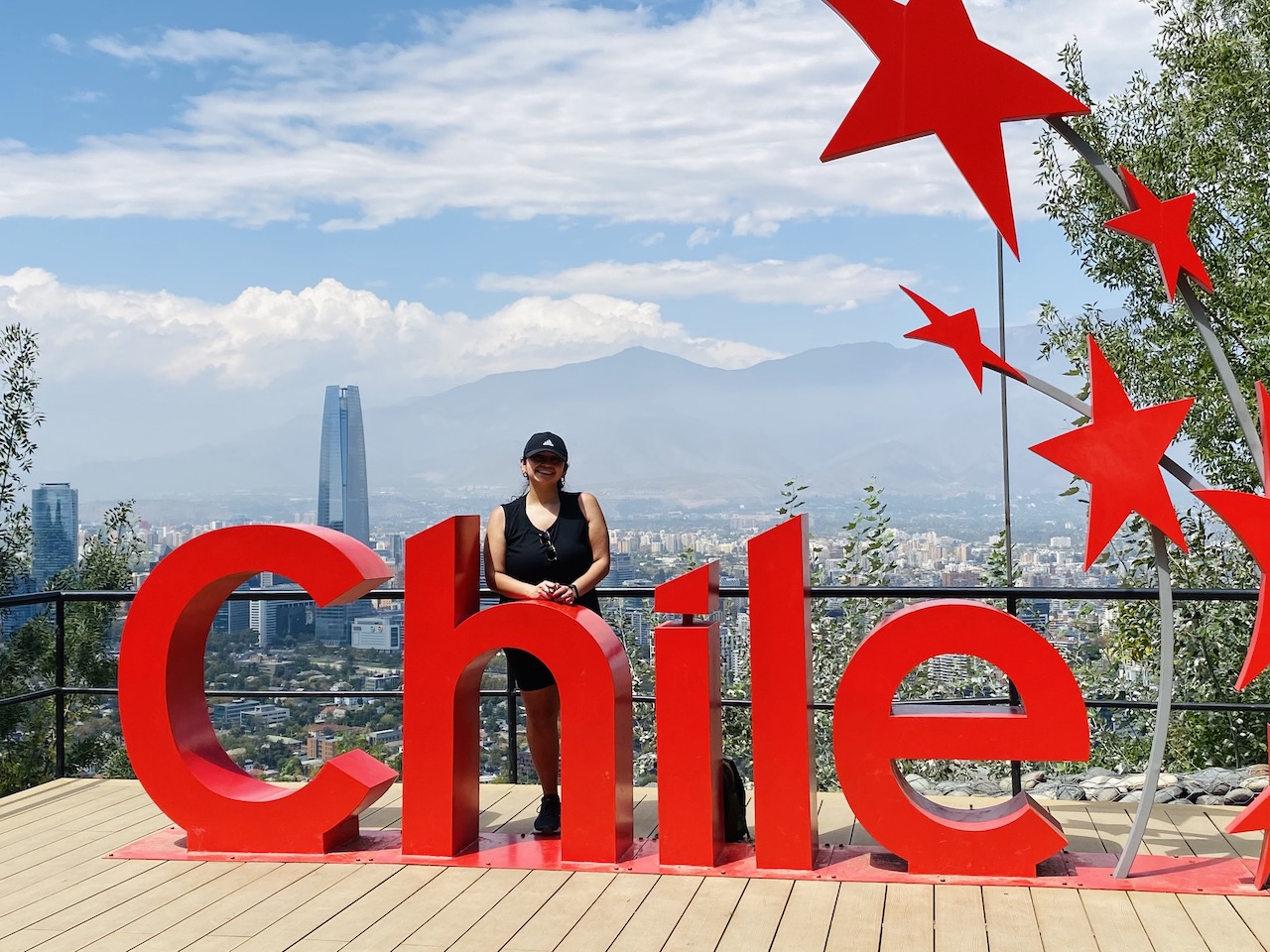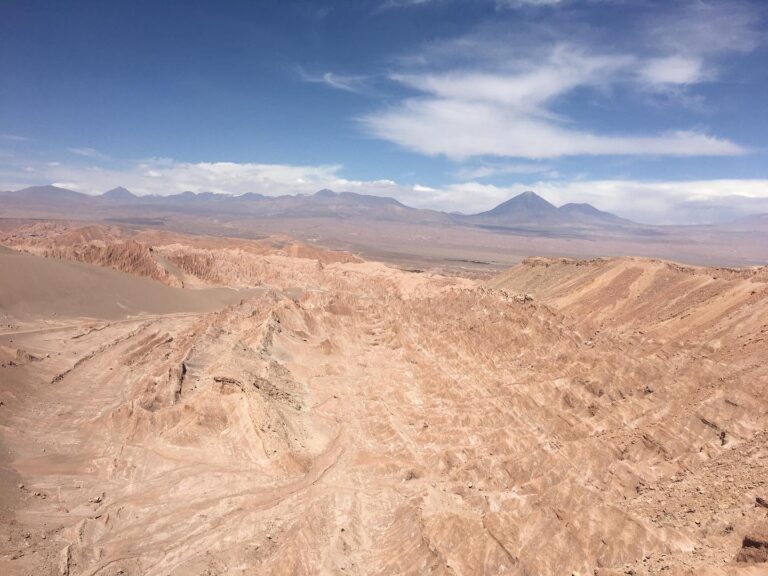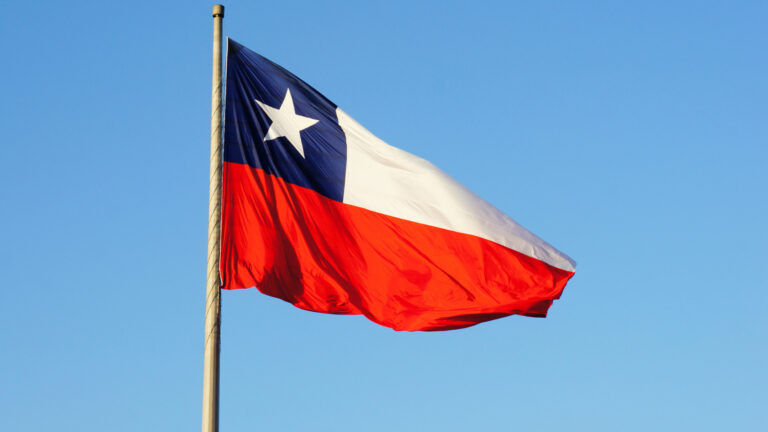7 Cultural Differences in Chile You Need to Know About
Anytime you move or even travel to a new country, you experience cultural differences.
In 2019, I moved to Chile, and as an American from N.Y. and I definitely experienced some cultural differences when I moved. This blog post aims to make your transition a little smoother or even help you understand the culture better. I am going to share seven cultural differences I experienced living in Chile.
1. Greeting/Kiss
In Chile and other countries, it is very common to greet each other with a kiss. Teaching in Chile was no exception. As a Colombian-Ecuadorian -American, I grew up greeting my family with a kiss, but I knew that cultural norm never carried over to school or in the workplace.
In Chile, it is common for students to greet their teacher with a kiss. Although I was told during orientation, I didn’t believe they would do it, but on my first-day students greeted me with a kiss. Since my students were 18-28 and I was 25, I felt a bit uncomfortable, but I quickly grew accustomed and I viewed this greeting as respectful and very sweet.
It is also very common in the workplace for coworkers of different position levels to greet each other this way. Working in H.R., I was very taken aback by this. This took more getting used to. The lax relationship between coworkers was also very different than I was used to.
2. Once vs Dinner
Dinner isn’t very common here. Instead, Chileans typically have once. Once is like tea time and a much lighter meal. It usually consists of bread, cheese, avocado, tea, and something sweet, but of course, it’s different from household to household.
If you go over to a Chilean friend or partner’s house during dinner time, don’t expect a big dinner as we have in the states.

3. PDA
In the U.S., you do not see a lot of physical touch and PDA in the street. In Chile, you see it in the metro, parks, schools, and people of all ages, not just young people.
It is something you will notice but make sure not to stare.
4. Partying aka Carrete
Chileans party hard. They start later and end later. The ‘pregame’ doesn’t begin until 11 or 12, and the party doesn’t get going until 1 or 2 am. The parties go until 5, 6 even 8 am. So my advice, take a nap if you are going out!
Whether it is out to a club or a friend’s house party, the nightlife is amazing and lots of fun.
5. Language: Chilenismos aka Chilean slang
When people asked me, “Why did you come to Chile?” I would say one of the reasons was to practice my Spanish. They responded with, “…and you came to Chile?”
The thing is, Chile is famous for its slang. Their usage of slang in everyday life almost makes it another language.
I grew up speaking Spanish with my family, and I naively thought I would have a good foundation, and I sort of did, but as a teacher, I realized I needed to prepare better.
Don’t be scared if you have an intermediate or basic level. Learning it is part of the fun.
There is even a dictionary you can purchase to help you navigate Chilean Slang.
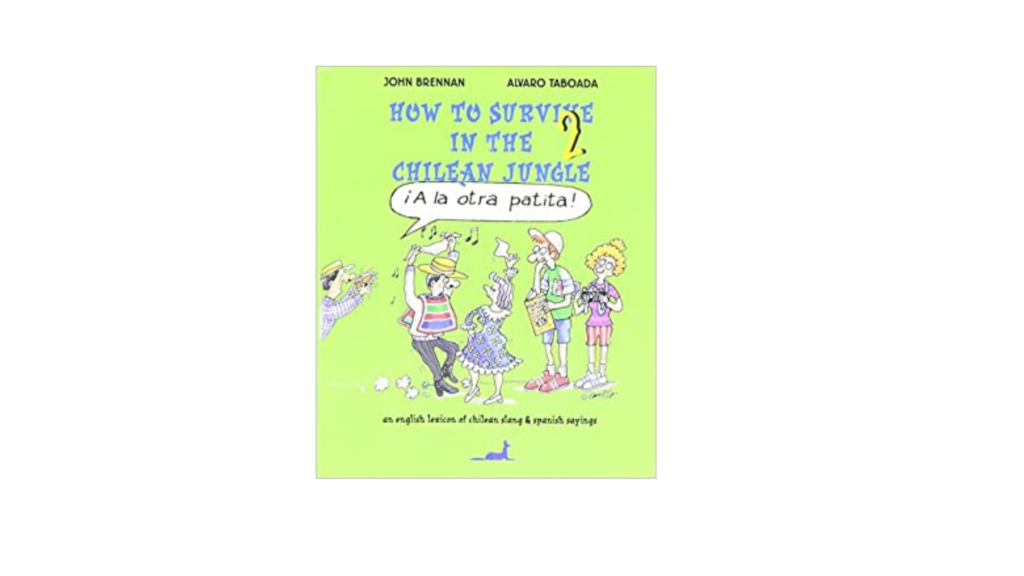
Here are some of the words. Can you guess what they mean?
sipo, cachai, al tiro, fome, carrete, que paja, weon, caleta, yapo, piola, quadico, were just some of the new words I had to learn.
6. Santiago vs New York City
This difference might be specific and related to people who come from N.Y. New York is the city that never sleeps. CVS, supermarkets, the subway, fast food, 7-eleven are all open 24 hours. Coming from a city that never stops to a city that sleeps, you feel it.
In Chile, metros stop running at 11 pm. Meaning you have to take an Uber or walk home. If you are hungover and want food, good luck finding a place easily. A small thing, but it was a noticeable difference.
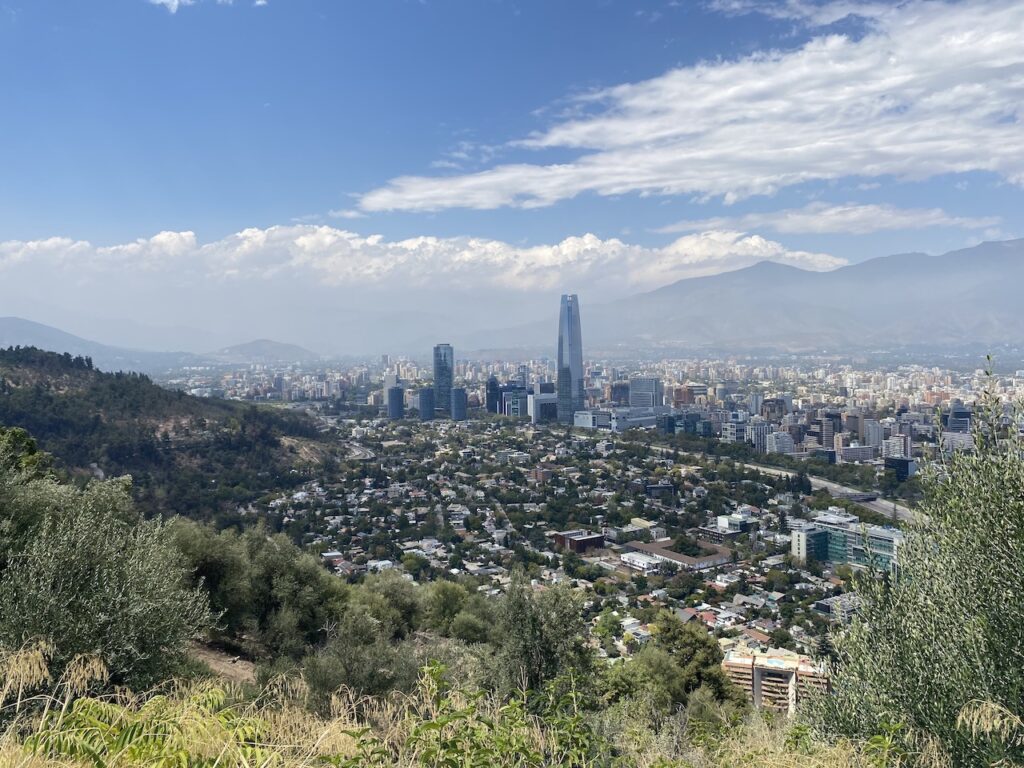
7. Fences
Yep, you read that right. It is very common for houses to have fences and gates.
If you are living in the city center like Santiago, you might not notice this. It is only when you travel a bit further from the center to other comunas where you see houses with fences. These fences are less for privacy and more for safety reasons.
En Fin
Hopefully, this post makes your transition is a little bit smoother. If you want to know more about what to know before moving abroad, make sure to read this post.

